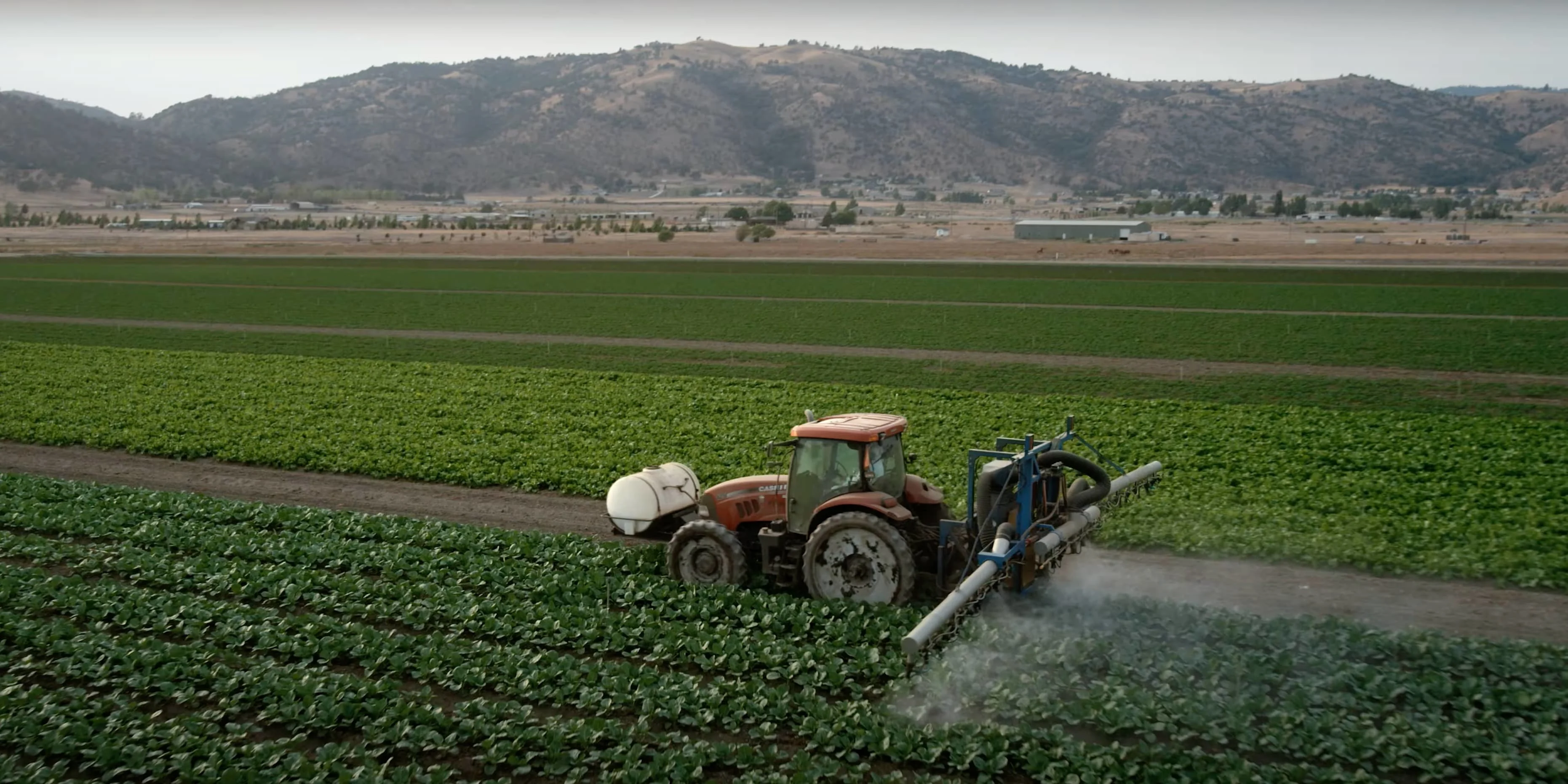Enhance Agricultural Efficiency With High-Quality Water Soluble Polymers
These polymers provide a range of advantages that can reinvent standard farming approaches, from enhancing water retention and effectiveness to enhancing dirt framework and nutrient delivery systems. By using the power of ingenious polymer remedies, farmers can potentially open new pathways in the direction of attaining higher plant yields while alleviating ecological effects.

Benefits of Water-Soluble Polymers
Water-soluble polymers use a multitude of benefits in farming applications as a result of their improved water retention properties and capacity to improve soil framework. Agriculture. These polymers, when added to the soil, can substantially increase water holding capacity, decreasing the regularity of watering required by plants. By forming a gel-like material when combined with water, water-soluble polymers produce a reservoir that slowly releases moisture to plant roots, making certain an extra constant water system throughout dry spells
Additionally, these polymers help in protecting against dirt disintegration by binding soil particles with each other, thus boosting soil framework and stability. Boosted soil structure enables far better origin penetration and aeration, advertising much healthier plant development and higher plant yields. Water-soluble polymers likewise help in nutrient retention by decreasing leaching, guaranteeing that important nutrients remain offered to plants for a longer period.
Improved Water Retention and Efficiency
Enhancing farming water retention and efficiency with the consolidation of sophisticated polymer innovations has come to be an extremely important focus in modern farming methods. Water-soluble polymers play a critical duty in improving dirt structure, boosting water infiltration, and lowering water dissipation prices. By creating a slim film on the soil surface area, these polymers aid to stop water runoff and boost the dirt's water-holding capability, ensuring that plants have accessibility to an adequate water system.
Furthermore, using top quality water-soluble polymers can significantly decrease the frequency of irrigation, as they enhance the soil's capability to maintain wetness for longer durations. This not just preserves water but also lowers the power and labor costs related to irrigation techniques. In addition, boosted water retention and effectiveness result in much better nutrient uptake by plants, bring about enhanced plant returns and total agricultural productivity.
Boosted Nutrient Delivery Equipment
Provided the significant effect of top notch water-soluble polymers on boosting water retention and effectiveness in agriculture, the emphasis now changes in the direction of maximizing nutrient distribution systems to even more improve crop growth and yield. Enhanced nutrient delivery systems play a critical role in guaranteeing that plants obtain the needed nutrients in a kind that is conveniently available for uptake, advertising their overall health and wellness and productivity. By integrating water-soluble polymers into nutrient shipment systems, the performance of nutrient uptake by plants can be substantially improved.
One secret benefit of making use of high-quality water-soluble polymers in nutrient delivery systems is their capability to regulate the release of nutrients, guaranteeing a consistent and regulated supply to plants over an extended duration (Agriculture). This regulated launch mechanism helps avoid nutrient leaching and runoff, thereby making the most of nutrition application by crops and minimizing ecological impact

Soil Framework Optimization Methods
Optimizing soil framework is critical in contemporary agriculture for taking full advice advantage of crop yields and promoting sustainable land administration techniques. Soil framework optimization methods play an important function in guaranteeing that dirt supplies an optimal atmosphere for plant growth. One key method is the addition of natural matter, such as compost or manure, which aids enhance dirt structure by enhancing its water-holding capacity and nutrient retention.
Moreover, exercising minimum tillage or no-till farming can prevent dirt compaction and advertise the development of a healthy and balanced soil structure. Cover chopping is an additional reliable strategy that entails planting plants specifically to enhance the dirt and shield, avoiding erosion and improving dirt structure.
Furthermore, implementing plant rotation techniques can help break insect and illness cycles, while likewise enhancing soil structure with the varying root structures of various crops. In general, utilizing these dirt structure optimization strategies can cause increased agricultural productivity, minimized environmental influence, and long-lasting sustainability in farming methods.
Sustainable Solutions for Plant Yields

To resolve the difficulties of maximizing plant returns while advertising sustainable land management practices, checking out sustainable options comes to be essential in contemporary agriculture. One sustainable remedy for enhancing crop returns is the use of accuracy agriculture strategies.
Moreover, advertising crop rotation and cover cropping can help keep soil wellness, decrease disintegration, and enhance vitamins and mineral biking, inevitably adding to higher returns over time. Integrated pest management approaches additionally play a vital role in lasting crop manufacturing by decreasing the reliance on chemical pesticides and promoting all-natural bug control approaches.
Furthermore, spending in study and technology for establishing drought-resistant crop varieties and climate-resilient farming practices can aid minimize the effect of climate adjustment on agriculture while making certain constant yields in the face of environmental difficulties. my review here By adopting these sustainable options, farmers can attain greater plant yields while guarding the health of the land for future generations.
Verdict
In final thought, using high-grade water-soluble polymers in farming uses various advantages such as enhanced water retention, improved nutrient shipment systems, and enhanced soil framework. More Help By implementing sustainable remedies for plant yields, farmers can significantly enhance farming performance and efficiency. Agriculture. Water-soluble polymers supply a economical and ecologically friendly method to enhance the total performance of farming techniques, bring about much better outcomes for both farmers and the setting
These polymers use a range of advantages that can revolutionize standard farming approaches, from enhancing water retention and effectiveness to optimizing soil structure and nutrient distribution systems.Additionally, these polymers assist in protecting against dirt erosion by binding dirt bits with each other, thus improving soil structure and security. By forming a slim movie on the dirt surface area, these polymers help to protect against water runoff and boost the dirt's water-holding ability, ensuring that plants have accessibility to an appropriate water supply.
Soil structure optimization methods play a critical function in making sure that soil provides an optimal environment for plant growth.In verdict, the use of top notch water-soluble polymers in farming supplies numerous advantages such as better water retention, boosted nutrient shipment systems, and maximized soil framework.